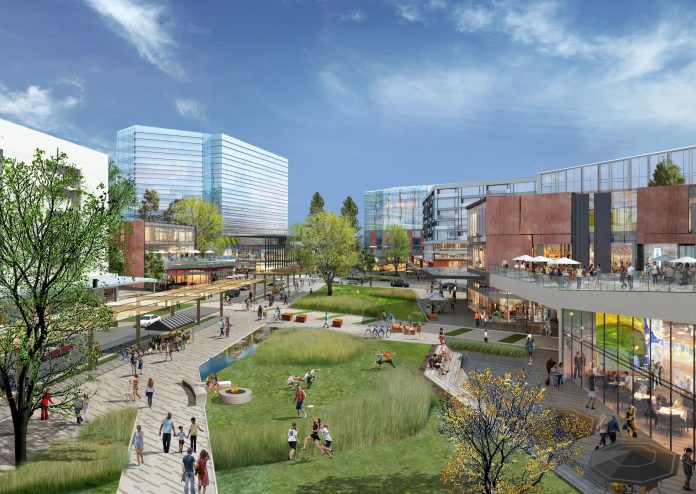
Redmond has a grand vision for the Overlake neighborhood, which is set to get light rail by 2025. Redmond land use policies have funneled much of the city’s growth into the area, but a new proposal has developers worried their planned projects in Overlake are now infeasible. The Comprehensive Plan update, dubbed Redmond 2050, aims to double inclusionary zoning requirements and mandate deeply decarbonized buildings, and a proposed “bridge” amendment raises the possibility of regulation changes happening on a fast timeline, forcing developers to adjust their plans. The full Redmond 2050 update would go into effect by the end of 2024.
A half dozen developers turned out at a Redmond Planning Commission meeting on December 7 to lodge their complaints against the proposal. Jessica Clawson, a land use attorney with McCullough Hill Leary who represents the Overlake applicants, warned that development could dry up if the City does not adjust plans.
“[The changes] result in 2,500 units in Overlake currently planned not being developed,” Clawson told the planning commission. “The loss of units will deepen the housing shortage. Redmond loses the roads, the trails, the bike lanes, the sidewalks, and the utilities these projects provide to the city as part of their development.”
As it is less proactive on pushing development towards neighborhoods like Marymoor Village and Downtown, the City of Redmond is really betting on Overlake to continue be a major growth center for the city, and it is counting on development to ensure that neighborhood has all the infrastructure it needs. Urbanist contributor Brandon Zuo noted the planned transformation of Overlake in a 2021 article. That said, Urbanist boardmember (and director of Move Redmond) Kelli Refer pointed out a $68 million highway interchange expansion in the neighborhood undermines the pedestrian-friendly urban vision for the new neighborhood.
The vision includes affordable housing. The city’s existing inclusionary zoning requirement in Overlake already requires 10% of units to be affordable at 80% of area median come — already among the highest requirements in the region. The changes envisioned in Redmond 2050 include doubling that requirement to 20%. Paired with the other “tough” code requirements, Clawson said the city would stand to lose the 250 affordable units that would be provided if the 2,500 units in question went through under existing rules.
Redmond is fairly unique in not locking in the terms for a new development — or “vesting” in planning jargon — until late in the process. An applicant must have a completed building permit package to vest under Redmond’s regulations and incentives. Prior to that stage of permitting review – including environmental, site, and zoning considerations – the City of Redmond reserves the right to alter the terms of approvals. And the City attempts to extract considerable public benefits from private development, from grafting a street grid and bike network onto suburbia to impact fees for schools, parks, and wastewater. Add to that reaching LEED Platinum levels of environmental sustainability and lofty 20-foot first floor height mandates and builders argue it is too much for projects to bear.
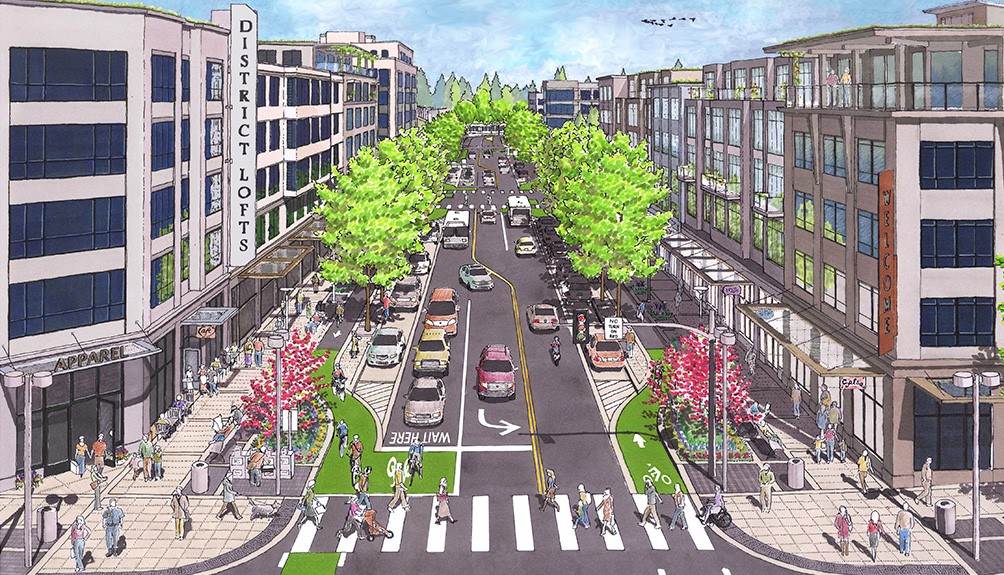
Part of the snafu appears to stem from a sloppy code update. Redmond planning manager David Lee said that a “bridge” amendment has been proposed to rectify a recently discovered mistake the City made during a previous code update when they forgot to remove a footnote providing developers with a density bonus for meeting LEED Zero environmental certification. Apparently, the intent of the planning commission and the city council had been to make a deeper decarbonization standard a requirement rather than an incentive pathway.
Jamas Gwilliam, managing partner with Merlone Geier Partners, testified their project was in jeopardy due to the bridge amendment. Merlone Geier is developing Overlake’s largest residential project encompassing about 1,100 units at the site of the Overlake East strip mall. However, Gwilliam said that their project was already on its third set of zoning incentives that they were trying to meet. He said the latest set of changes proposed would make the entire proposal infeasible, causing the 1,100 homes to not be built. He noted considerable expense already went into planning the site and seeking permits. Merlone Geier purchased the six-acre site for $41 million in 2019.
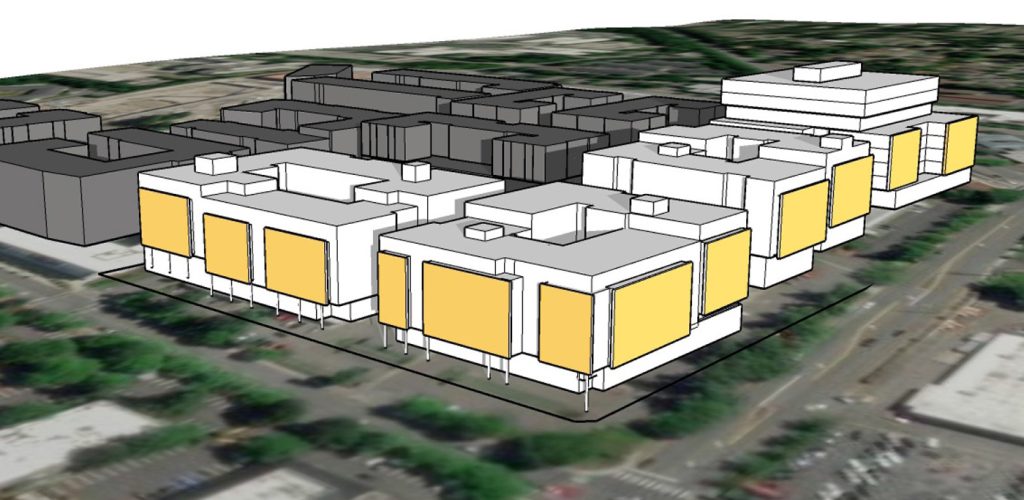
The 2050 Comprehensive Plan update could also disrupt plans for small efficiency homes to meet the workforce housing need in Redmond and limit this tool. Tyler Carr, a partner with Johnson and Carr, a firm specializing in microhousing, testified that the density limits currently in the update would penalize small efficiency projects and force them to reduce their unit count by nearly 20% for a planned 230-unit efficiency project they’re planning in Overlake.
One of the key asks from the builders had been for Redmond to hire an economic consultant to do a study to ensure development would continue to be feasible under the new update and seeking to better calibrate the incentives if they were not, as developers argued was the case.
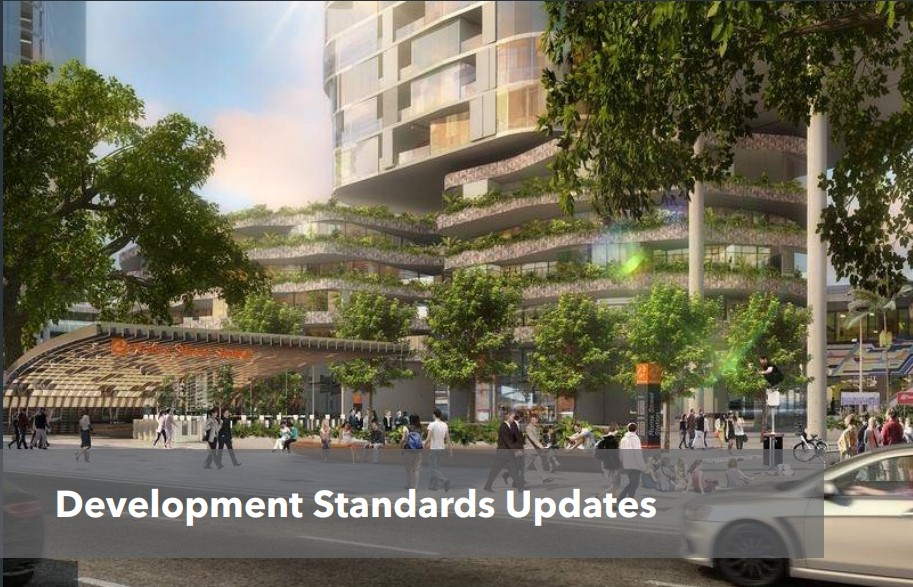
Redmond planning director Carol Helland welcomed the idea and said the City would issue a Request for Proposals for that study early next year.
Following public comment, both Helland and members of the Redmond Planning Commission expressed interest in finetuning the update to avoid killing the projects in the pipeline. Helland noted that the legislation could stipulate a more generous vesting policy, allowing projects that are well in the planning process to keep the incentives and rules under which they were designed. She also recommended they not do a bridge amendment and wait until the Comp Plan major update to change incentives in order to reduce the disruption to development activity.
Ensuring the 2,500 homes planned in Overlake still happen is only part of the concern around the code updates and the Redmond 2050 Comp Plan update, however. Homebuilders are also concerned about new projects trying to advance under the new rules and incentive structure. Their testimony stressed that they’d rather pick from a range of options to get density bonuses rather than being forced into a prescriptive set of requirements.
Helland pledged developer roundtables and consultation to ensure the Redmond 2050 code updates are well-calibrated and don’t discourage development.
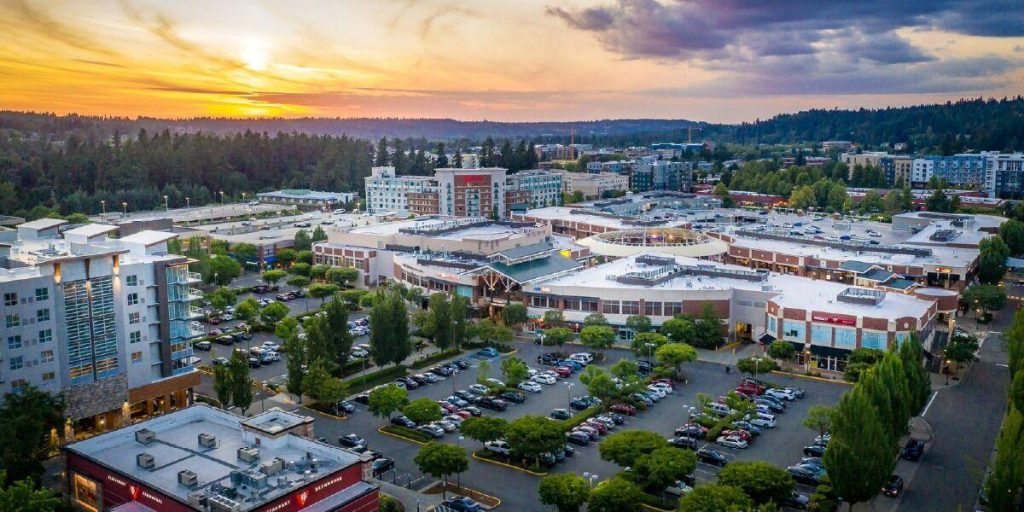
In her testimony, Clawson noted even hitting all the density bonuses, Overlake’s zoning still tops out at a floor area ratio (FAR) of 4.0, a lower density than elsewhere. Other Puget Sound cities are planning are planning a much higher relationship to the square footage of buildings compared to the lot they are located, particularly in their light rail neighborhoods which are a focal point of transit-oriented development (TOD). Seattle, for example, sets its FAR around 6.0 in comparable mid-rise zones — 50% more dense than Redmond — while having fewer hurdles to jump through to unlock the density. Bellevue is looking at going to 5.3 maximum FAR in the core of its East Main station area and up to 6.0 in Wilburton.
“No other city has enacted such high environmental and affordable housing paths to achieve a relatively low 4.0 FAR in a TOD area,” Clawson told the planning commission. “This code is really, really, really tough, but the way the code is written today allows for people to take different path depending on their investment strategies, what their investors want, and what works for them.”
The new more inflexible and extracting code change would deny those paths, Clawson and the testifying developers argued.
Helland acknowledged that the City should grapple with the tradeoffs rather than expecting new housing projects to singlehandedly achieve every goal at once.
“The city is getting its needs assessment from the state that may insist or demand that we, for instance, prioritize housing over some aspirational green building requirements,” Helland said. “It may be we have to do that and recognize that by maximizing density near light is going to actually help allow us to meet our green building and density requirements to best effect.”
Doug Trumm is publisher of The Urbanist. An Urbanist writer since 2015, he dreams of pedestrian streets, bus lanes, and a mass-timber building spree to end our housing crisis. He graduated from the Evans School of Public Policy and Governance at the University of Washington in 2019. He lives in Seattle's Fremont neighborhood and loves to explore the city by foot and by bike.

